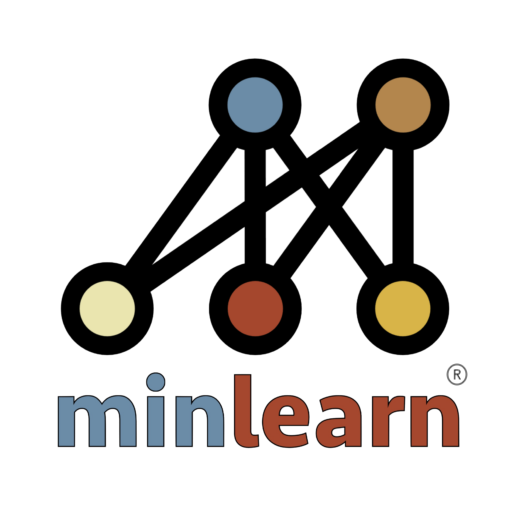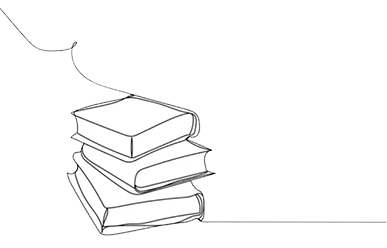TLDR: Making the most of teaching time should be about giving the learner as much knowledge as possible during learning, but doing it efficiently. This requires at least two things: (1) quickly knowing their ability level at that moment and (2) identifying aspects of the language to teach given what they know.
…
Most reading curricula are designed based on the idea that learning about the structure of the language is an exhaustive, regimented process. The assumption tends to be that robust knowledge is achieved when all aspects of the topic are covered (via instruction) exhaustively.
This is a good approach if you have unlimited resources (learning time, student attention, teaching time, school budget). In reality, this is never the case – learning is always constrained by a variety of factors. As a result, we need to give learners as much as possible in a very short amount of time, with teaching crafted for where the learner is at that moment. Also, we can’t assume that everything that the learner will come to know will be exhaustively taught.
A microcurriculum is the small set of words (or other language experiences, like a text) that will give the learner the biggest bang for their buck during learning. This includes the words that are directly taught (via teacher instruction, online learning, etc.) as well as the words that the student gets for free, through transferring that knowledge to other words (not learned directly). Identifying a set of words for this purpose is hard and requires a lot of human effort (usually by the teacher, who has many other things to do). Nonetheless, computers are really good at it – so that is where the technology comes in.
Identifying a microcurriculum involves selecting the learning experiences (words) based on the student’s knowledge (data). This data doesn’t need to be scored using any special measurements (but it can if you have special measurements!). Essentially, we just need to know some words the student knows and some that they struggle with. Then, the process for selecting the right words for the curriculum will be based on a search of the language that has the capacity to determine where the child’s knowledge strengths and knowledge gaps are (see our blog posts here and here about this topic).
This all involves some amount of progress monitoring during the learning process, where the goal is being able to quickly act on the data you have in hand. Monitoring of this kind is most often quite time intensive for humans (ask any teacher!), but can actually happen with informal observation as well (whatever method a teacher uses in the classroom will work just fine). This tends to be less burdensome than administering a formal test. All we need really to know about the student at a particular point in time is some words they know and those they don’t. A parent can even gather information like this from reading with their child. It doesn’t require complex and expensive assessments. Of course, you could use data about all the vocabulary the student knows – but we never actually have that. We need to use simpler data and make predictions about what is useful for the student. The more important thing is to be able to act on the data that you have, rather than take time finding the perfect collection method (and spending a lot of money in the process).
So, why the “micro” part? Well, you want be be able to identify a small set of learning experiences that will give the learner the biggest bang for their buck right now. Our knowledge of the language is dynamic, as is the learning environment (that is to say, our knowledge and the language environment around us are constantly changing). The right words for today will be different than the right words a day (or week or month) from now. Also, as we said earlier: time to teach is limited. It is a precious resource. We want to be able to identify at a particular moment in time what is good for the learner so we can get it to them quickly, making way for efficient learning (and teaching).

